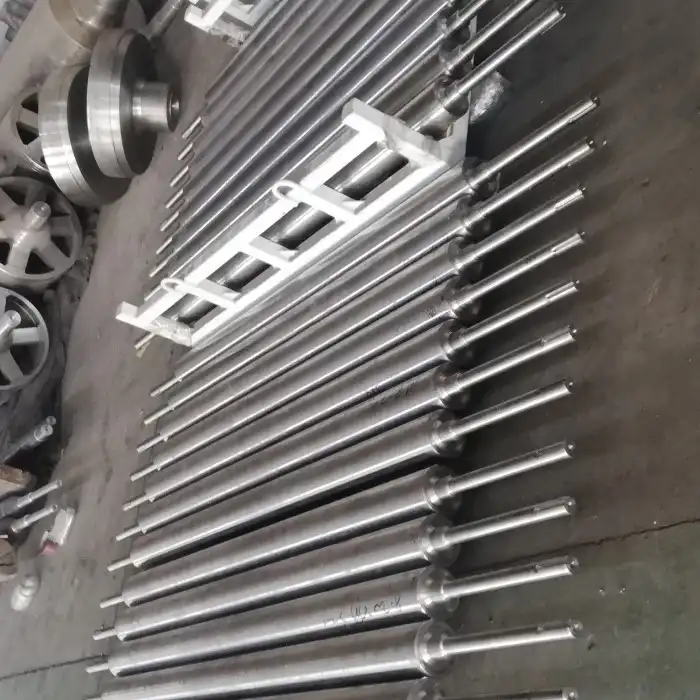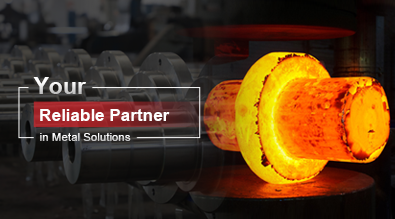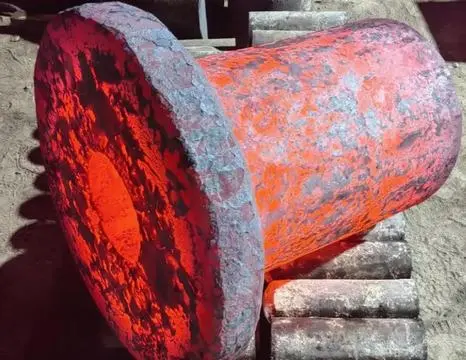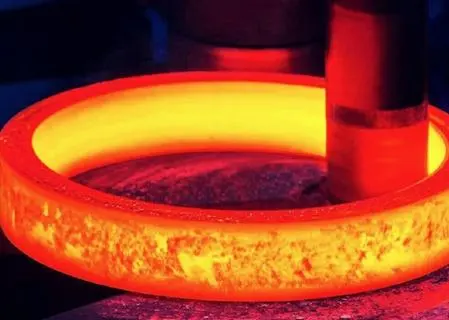Key Factors in Assessing Furnace Roll Performance
Thermal Resistance and Heat Distribution
One of the primary indicators of furnace roll effectiveness is its ability to withstand high temperatures while maintaining uniform heat distribution. Advanced thermal imaging techniques allow operators to visualize temperature gradients across the roll surface, identifying potential hot spots or areas of uneven heating. This data is invaluable for optimizing roll design and material selection, ensuring consistent heat transfer to the processed materials.
Wear Resistance and Longevity
The durability of furnace rolls directly impacts their long-term effectiveness. Regular inspections using precision measurement tools can track wear patterns and material degradation over time. By analyzing wear rates and comparing them to expected service life, manufacturers can proactively schedule maintenance or replacements, minimizing unexpected downtime and maintaining consistent product quality.
Surface Quality and Material Handling
The surface condition of furnace rolls significantly affects their ability to transport materials smoothly through the heating process. Periodic surface roughness measurements and visual inspections help identify issues such as warping, scaling, or contamination that could compromise roll performance. Maintaining optimal surface quality ensures efficient material handling and prevents product defects caused by roll-related issues.
Advanced Techniques for Evaluating Furnace Roll Efficiency
Non-Destructive Testing Methods
Cutting-edge non-destructive testing (NDT) techniques offer invaluable insights into the internal structure and integrity of furnace rolls without compromising their functionality. Ultrasonic testing, for instance, can detect hidden flaws or material degradation within the roll, allowing for early intervention before issues escalate. Similarly, eddy current testing provides detailed information about surface and near-surface defects, enabling precise quality control and maintenance planning.
Real-Time Performance Monitoring Systems
Implementing real-time monitoring systems equipped with advanced sensors and data analytics capabilities revolutionizes furnace roll effectiveness assessment. These systems continuously track key performance indicators such as temperature fluctuations, rotational speed, and energy consumption. By analyzing this data stream, operators can identify subtle changes in roll performance that might indicate emerging issues or opportunities for optimization, allowing for proactive adjustments to maintain peak efficiency.
Comparative Analysis and Benchmarking
Establishing a comprehensive benchmarking system allows manufacturers to compare the performance of different furnace rolls across various operational conditions. By analyzing historical data and industry standards, companies can set realistic performance targets and identify best practices. This comparative approach not only helps in evaluating individual roll effectiveness but also contributes to continuous improvement initiatives across the entire furnace system.
Implementing a Comprehensive Furnace Roll Evaluation Program
Developing a Structured Assessment Schedule
Creating a well-defined schedule for furnace roll evaluations ensures consistent monitoring and timely interventions. This structured approach should include regular visual inspections, periodic non-destructive testing, and scheduled performance reviews. By integrating these assessments into the overall maintenance strategy, manufacturers can minimize disruptions to production while maximizing the lifespan and efficiency of their furnace rolls.
Training and Empowering Operational Staff
Effective furnace roll evaluation relies heavily on the expertise and vigilance of operational staff. Implementing comprehensive training programs that cover evaluation techniques, data interpretation, and early problem recognition empowers employees to play an active role in maintaining roll effectiveness. This knowledge-sharing approach not only improves the quality of assessments but also fosters a culture of continuous improvement within the organization.
Leveraging Data Analytics for Predictive Maintenance
Harnessing the power of data analytics and machine learning algorithms can transform furnace roll evaluation from a reactive to a predictive process. By analyzing historical performance data, maintenance records, and operational parameters, predictive models can forecast potential issues before they occur. This proactive approach allows for more efficient maintenance planning, reduced downtime, and optimized roll performance over extended periods.
In conclusion, measuring the effectiveness of furnace rolls requires a multifaceted approach that combines traditional inspection methods with advanced technologies and data-driven insights. By implementing a comprehensive evaluation program, manufacturers can ensure optimal furnace performance, extend equipment lifespan, and maintain high product quality standards. For more information on furnace rolls and customized metal parts for various industries, please contact us at info@welongpost.com.




